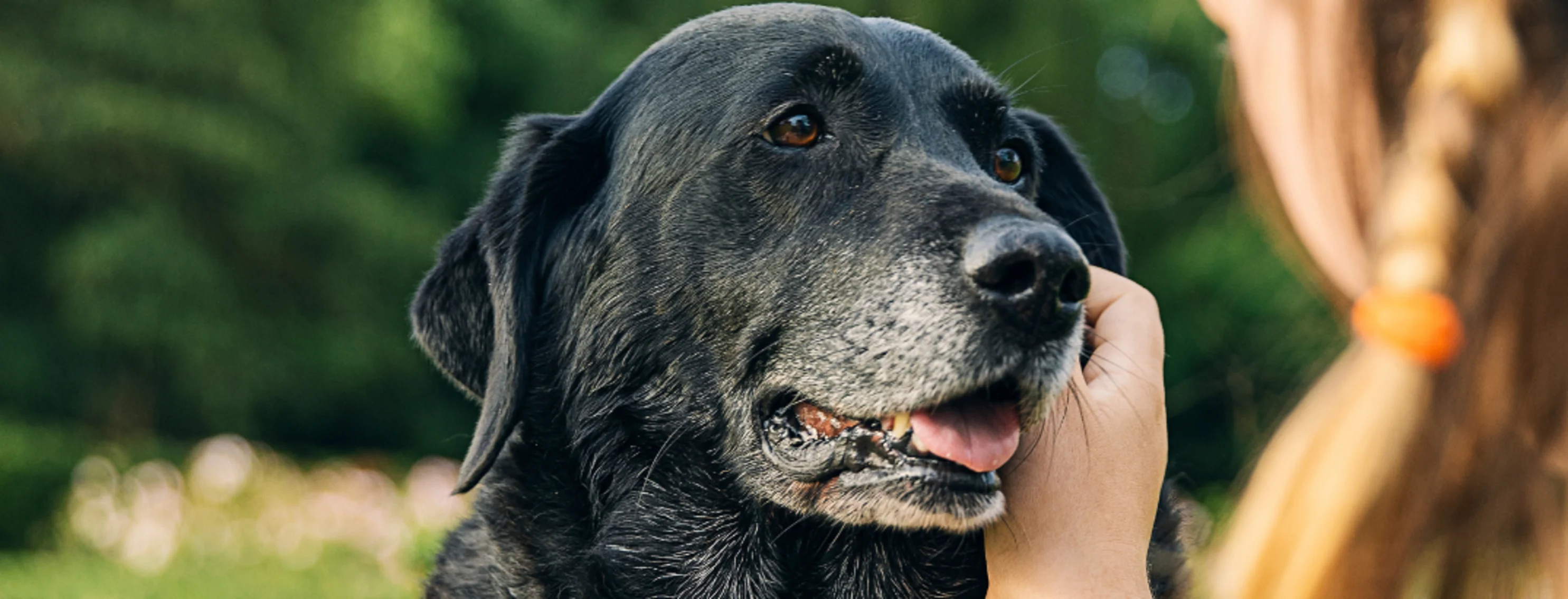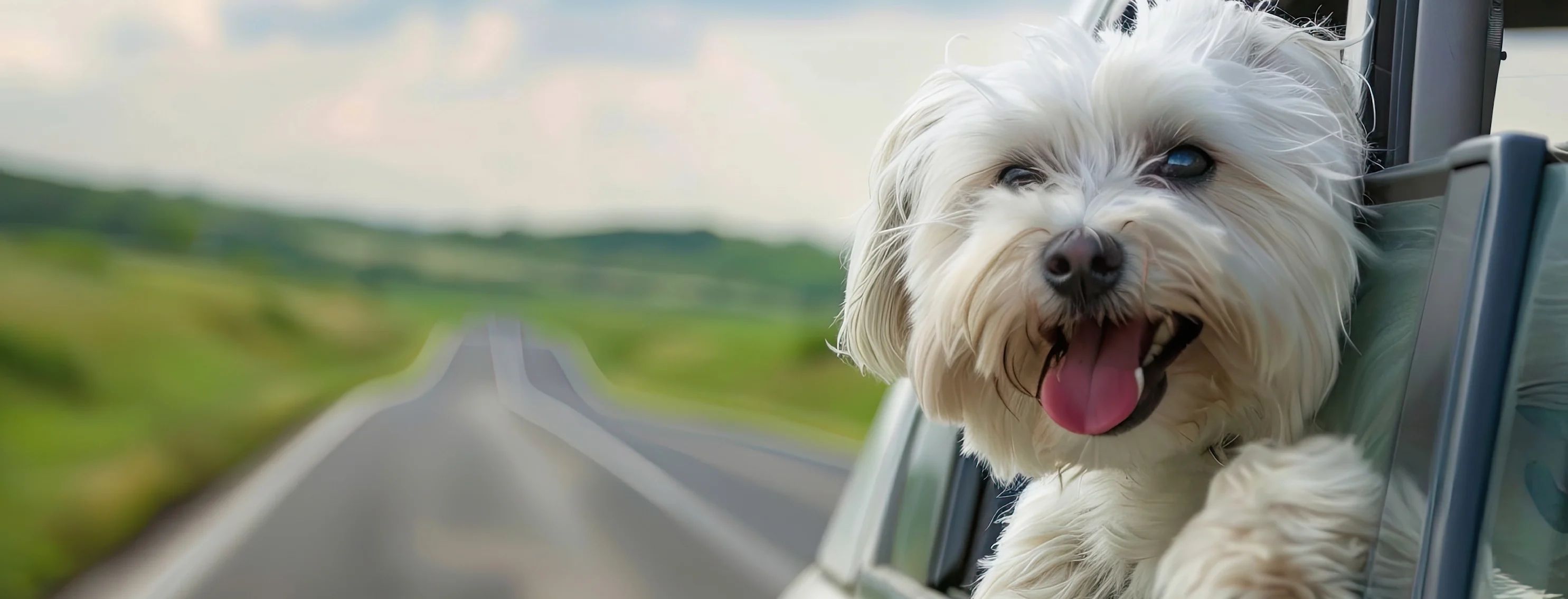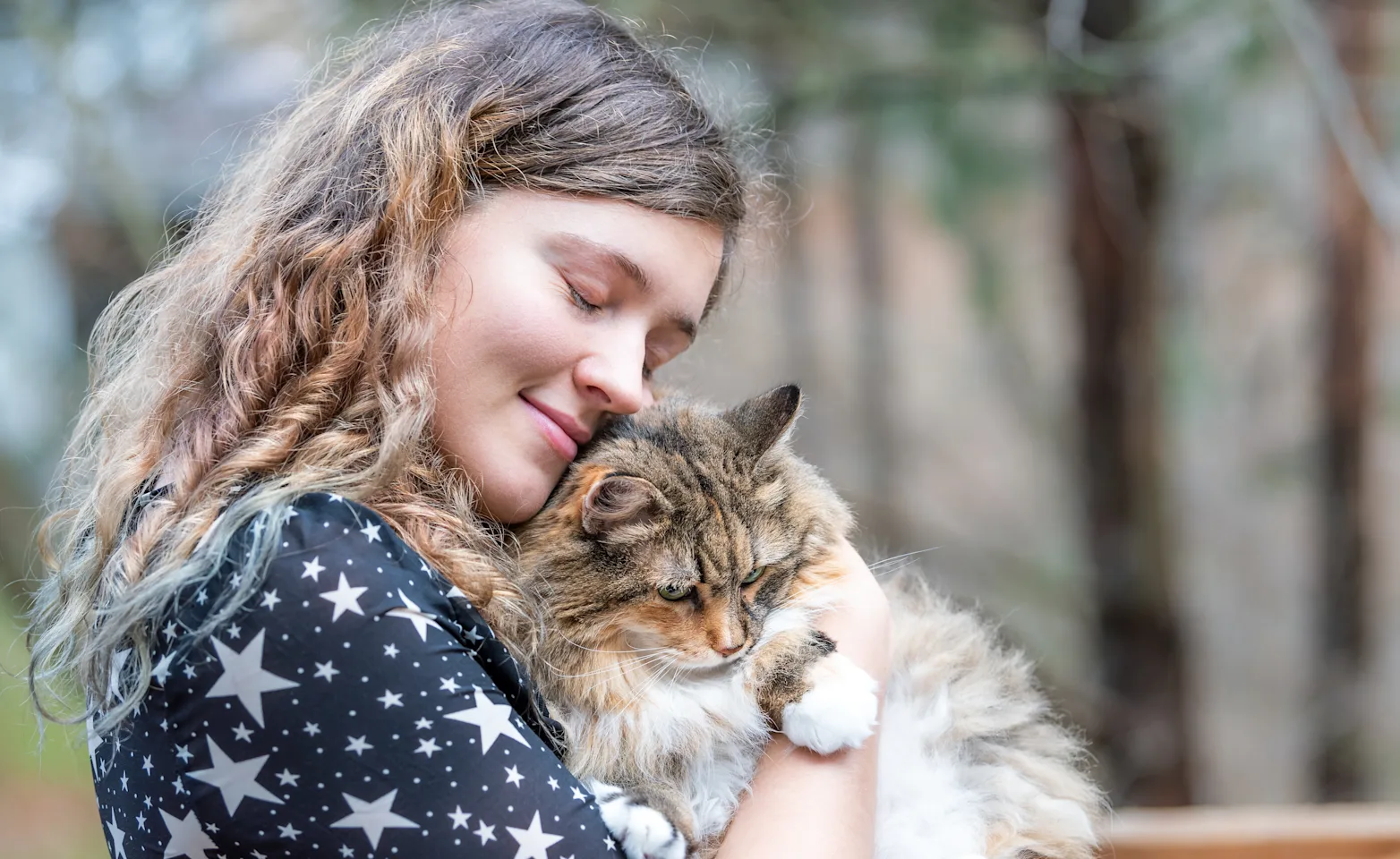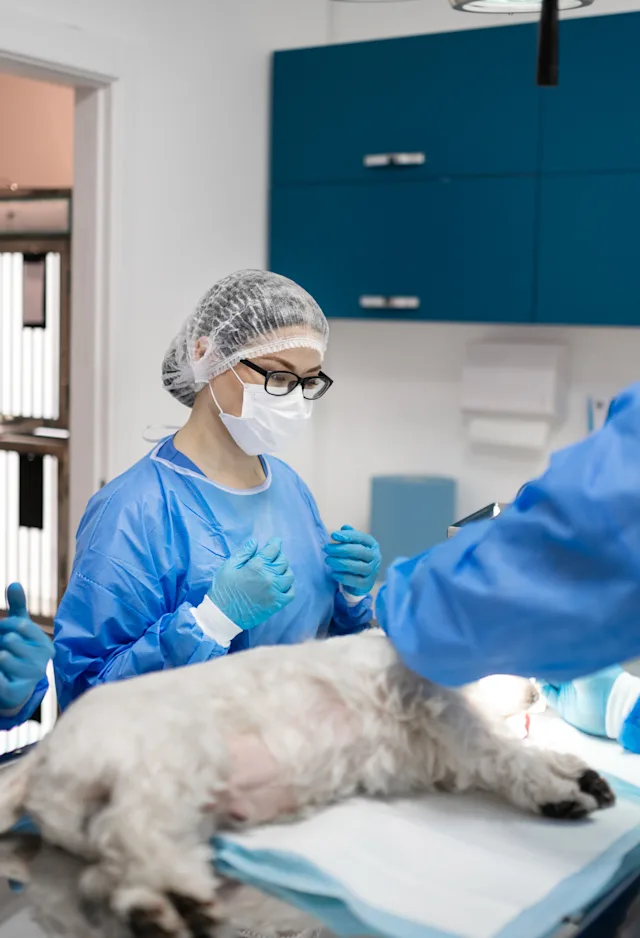Charleston Veterinary Referral Center (CVRC)



While your pets are in our care, we treat them as members of our own family.
Our goal is to provide you with a veterinary hospital that delivers extraordinary emergency, urgent, and specialty care, along with exceptional client service. Doctors and veterinary nurses are always present.
Client Reviews & Testimonials
We value our clients’ experience at Charleston Veterinary Referral Center. Here’s what some of your neighbors are saying about us.


